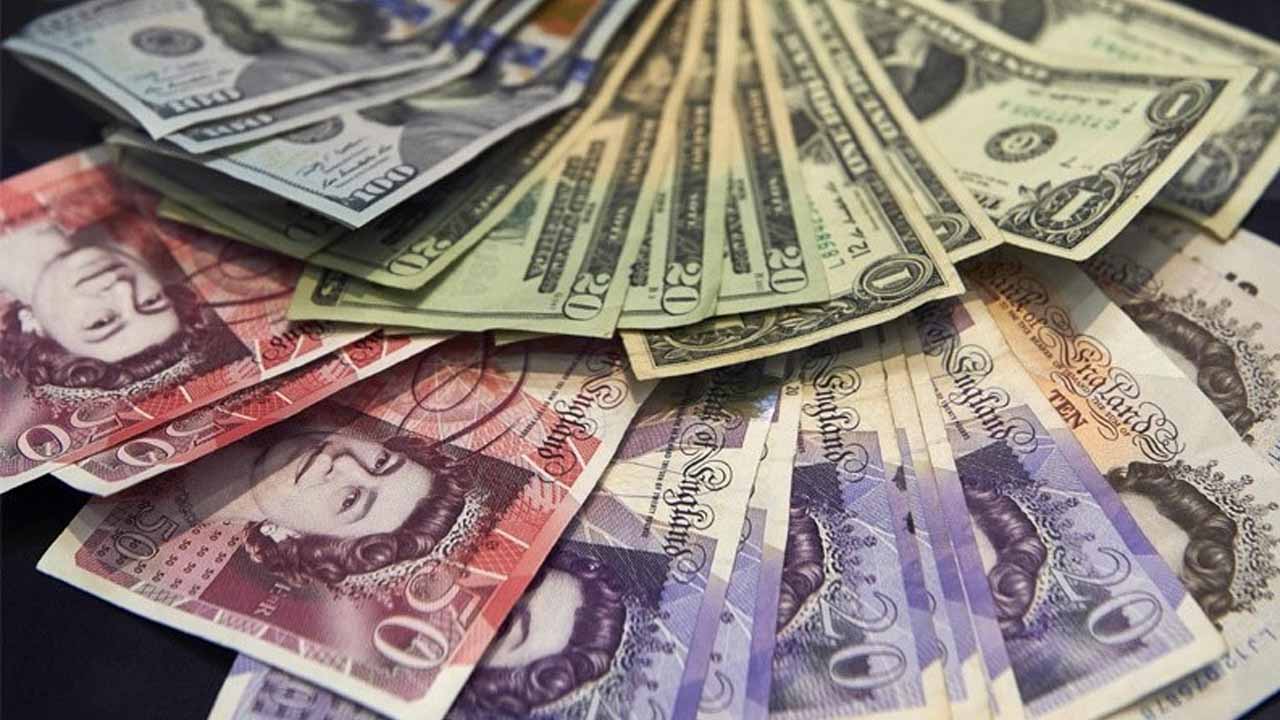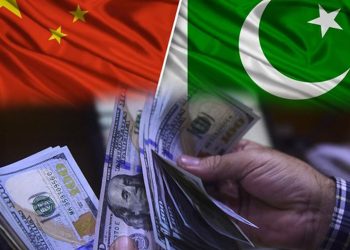In order to strengthen Pakistan’s position with regard to its foreign exchange reserves, the government has budgeted an additional $4 billion during the upcoming 12 months.
Several channels are being used to get the financing commitment, including assistance from friendly nations that supported Pakistan at the start of the International Monetary Fund (IMF) program in June 2019.
This information was provided in a joint statement from the Ministry of Finance and the State Bank of Pakistan titled “Pakistan’s Strategy for Navigating FY2023: Five Important Facts”.
Under the present IMF program, Pakistan’s gross funding requirements in FY23 will be more than satisfied. The statement states that the funding requirements are brought on by a current account deficit of around $10 billion and principal payments on the external debt of over $24 billion.
In a joint statement, the Ministry of Finance and the SBP discuss the causes of the current foreign exchange reserve situation, the depreciation of the rupee against the dollar, and the anticipated improvement of these macroeconomic indicators with the scheduled inflows of the International Monetary Fund (IMF) in the upcoming weeks.
“Going forward, as the current account deficit is reduced and sentiment improves, we fully expect the rupee to increase,” the joint statement said. In fact, this was the situation at the start of the IMF program in 2019, when the rupee recovered significantly following a period of weakness prior to the program.
The rupee has just seen a brief overshoot. But over time, it shifts in both directions. In the upcoming time, we anticipate seeing this pattern emerge once more. As a result, it was predicted that the rupee would appreciate in accordance with better fundamentals, such as a reduced current account deficit and more positive mood.
According to the announcement, Pakistan’s foreign exchange reserves have decreased since February as a result of outflows of foreign currency outpacing inflows. The primary sources of inflows include multilateral loans from the IMF, the World Bank, and the ADB; bilateral loans and deposits from friendly nations like China, Saudi Arabia, and the United Arab Emirates; commercial borrowing from international banks; and the issue of Eurobonds and Sukuks.
Due to policy lapses, the next review of the IMF program has been delayed since February, which has contributed significantly to the scarcity of inflows. As debt repayments for foreign borrowing throughout this time period have been due, debt servicing on the inflows side has continued.
The exchange rate has also been under a lot of pressure, particularly since mid-June. It has been caused by a general weakening of the US dollar, an increase in the current account deficit (which was made worse by a large energy import bill in June), a decline in foreign exchange reserves, and deteriorating sentiment as a result of concern over the IMF program and domestic politics.
In addition, macroeconomic policies, both monetary and fiscal, have been suitably tightened to minimize pressures brought on by demand and control the current account deficit.
Finally, the administration has made it plain that it wants to complete the remainder of its term to October 2023 and that it is prepared to carry out all the terms of the IMF program for the remaining 12 months.Govt Plans Additional $4 Billion Forex Inflows in Next 12 Months







